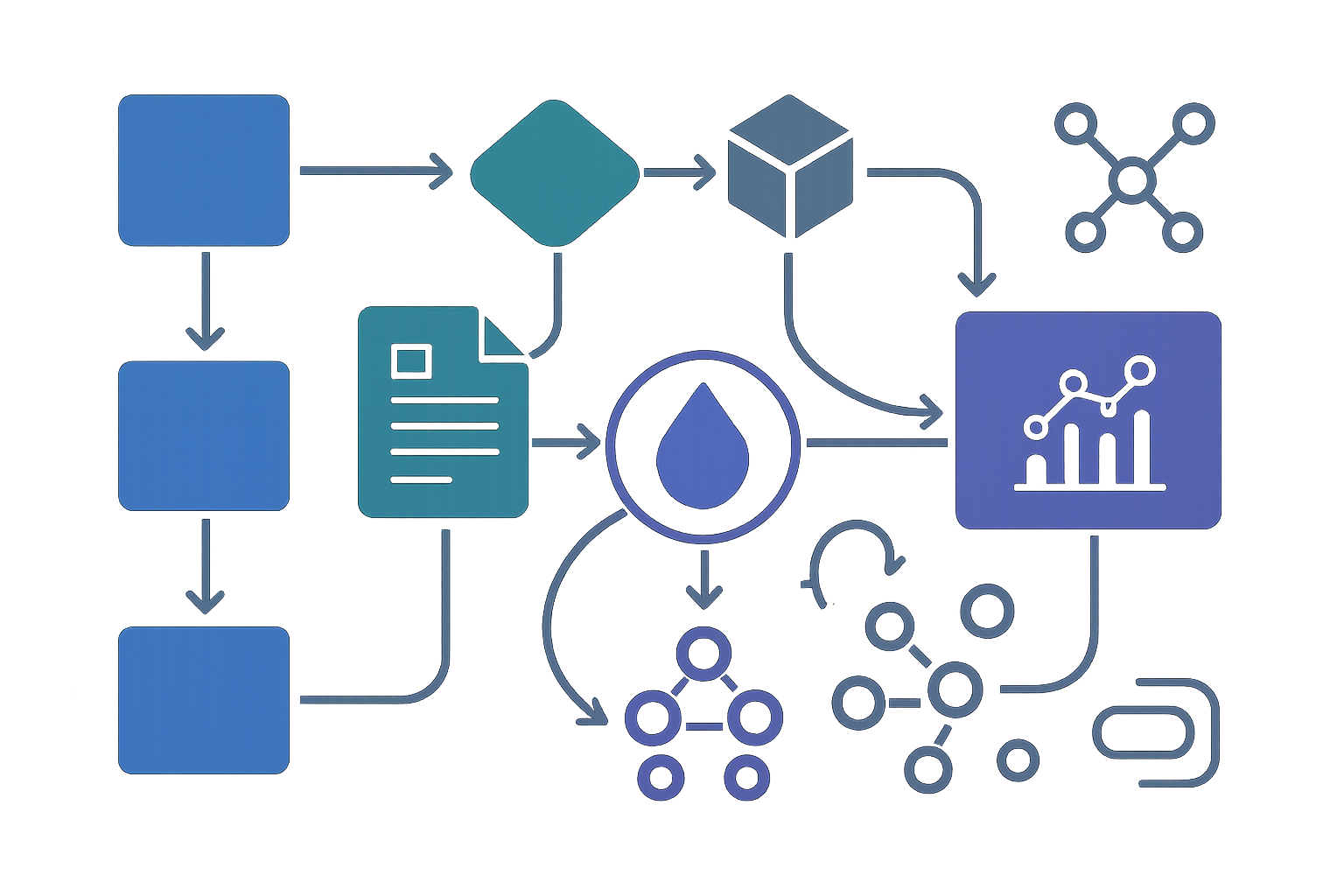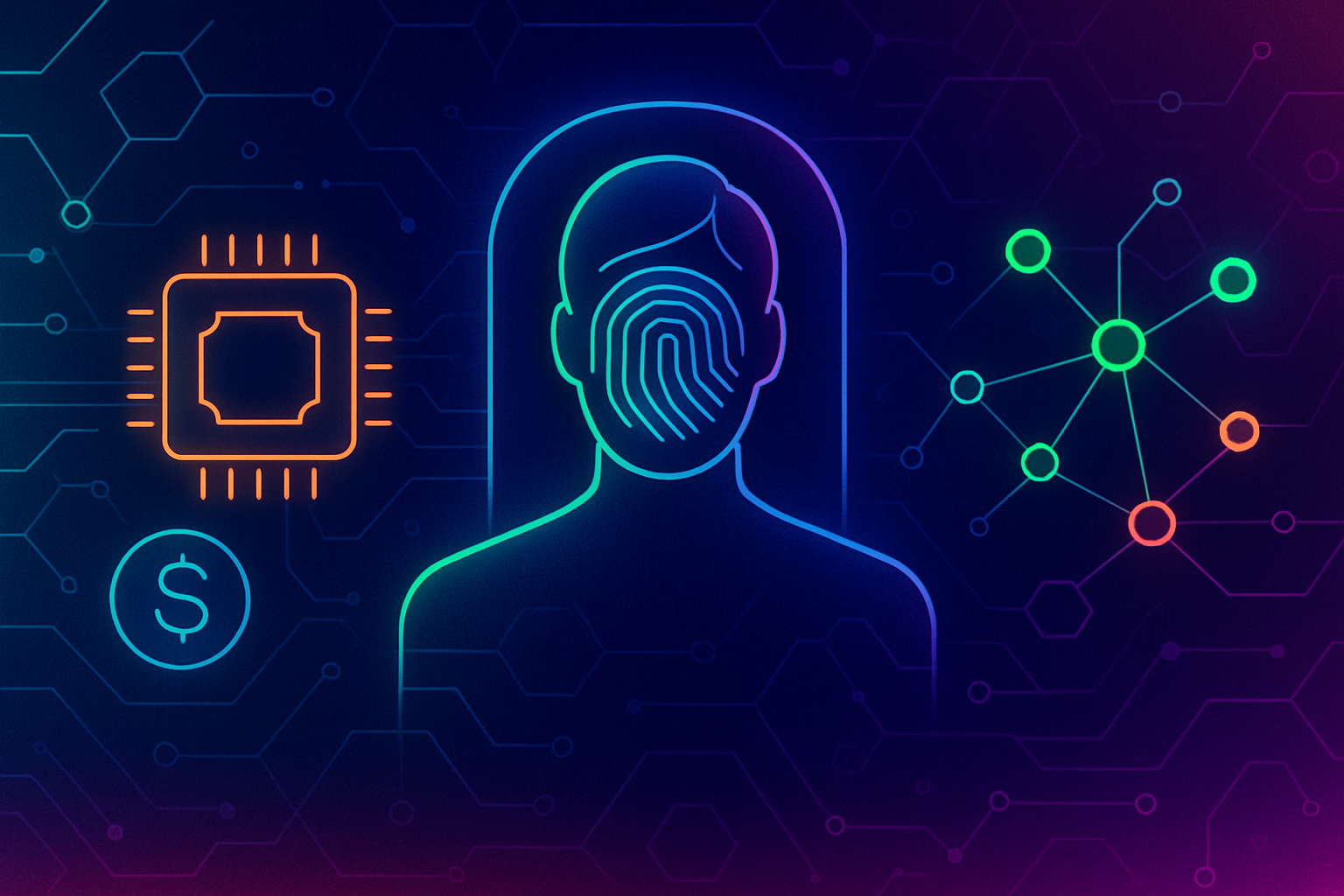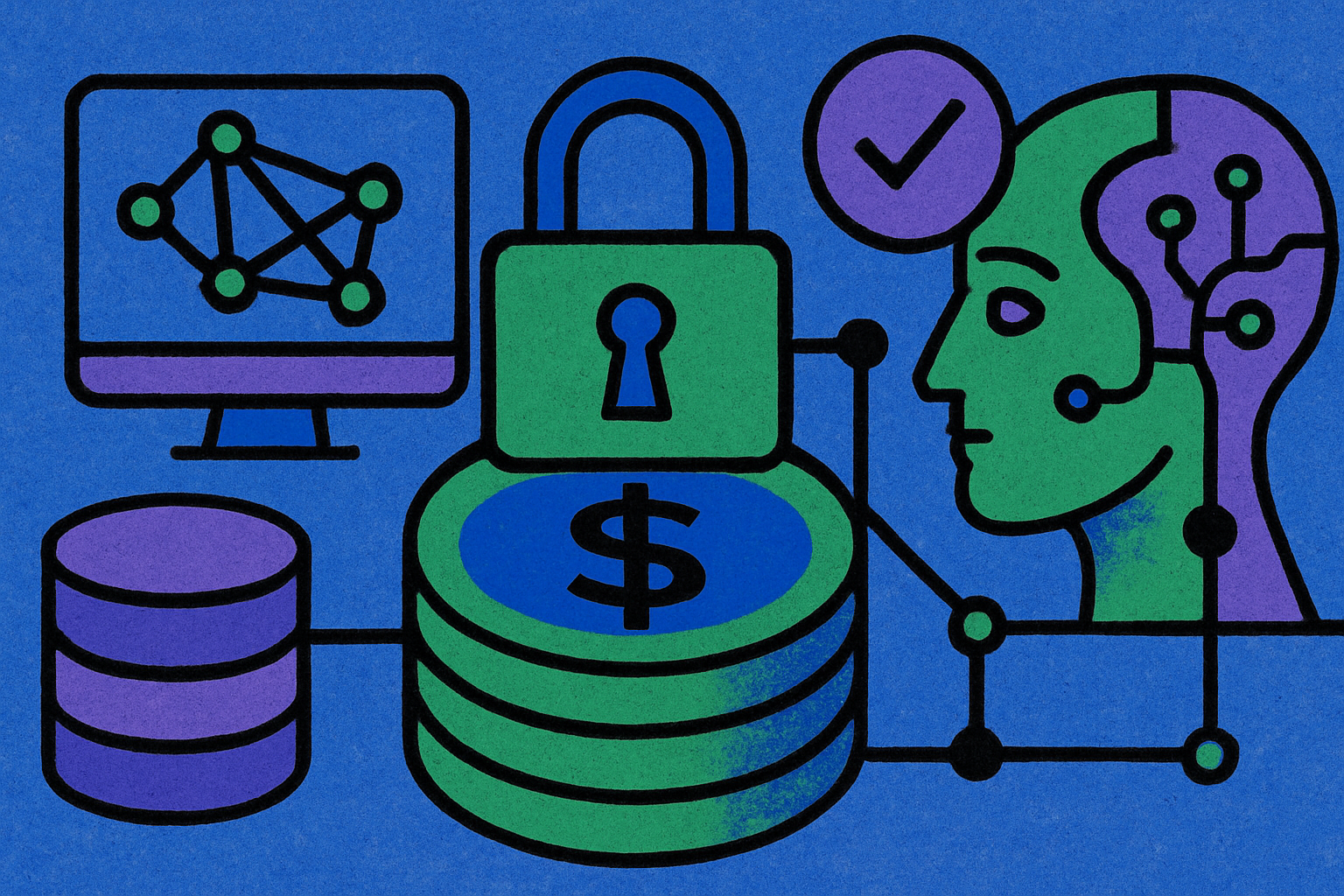
The promise of decentralized AI is clear: open, permissionless access to intelligence, secured by cryptography and distributed consensus. Yet, until recently, the Achilles’ heel of decentralized AI infrastructure has been trust. How can we be sure that off-chain computations are correct? Who guarantees that AI models haven’t been tampered with or that data remains confidential? In 2025, verifiable compute networks (VCNs) are emerging as the answer, offering a new paradigm for trustless AI computation at scale.

Why Verifiability Matters in Decentralized AI
As the world races to deploy ever-larger models and more complex inference tasks, enterprises and developers have grown wary of black-box computation. Traditional cloud providers require blind faith in their infrastructure. In contrast, verifiable compute networks introduce cryptographic proofs, decentralized consensus, and transparent records to assure users that their computations are performed correctly, without revealing sensitive data or proprietary algorithms.
This shift is not just academic; it’s foundational for sectors like healthcare, finance, and public services where data integrity, model authenticity, and computational accuracy are non-negotiable. Verifiable compute networks allow organizations to embrace decentralized AI without sacrificing compliance or security.
“Verifiable compute is the unlock for enterprise-grade decentralized AI, “ says a leading DePIN strategist. “It’s what bridges the gap between crypto-native innovation and real-world adoption. “
The 2025 Landscape: Key Players and Breakthroughs
This year marks a turning point for on-chain validation and trustless coordination in AI workloads. Several projects have set new standards:
Top Innovations in Verifiable Compute Networks (2025)
-

Unique Network’s NFT-Based Compute Proofs: Reinforced AI, built on Bittensor and powered by Unique Network, has minted over 3 million NFTs since May 2025. Each NFT acts as a verifiable, tamper-proof record of AI computations, setting a new standard for transparency and trust in decentralized machine learning.
-

CIRO’s Zero-Knowledge Compute Infrastructure: CIRO Network introduces a verifiable compute layer that leverages zero-knowledge cryptography, decentralized worker nodes, and economic incentives to ensure computational integrity while preserving data privacy.
-
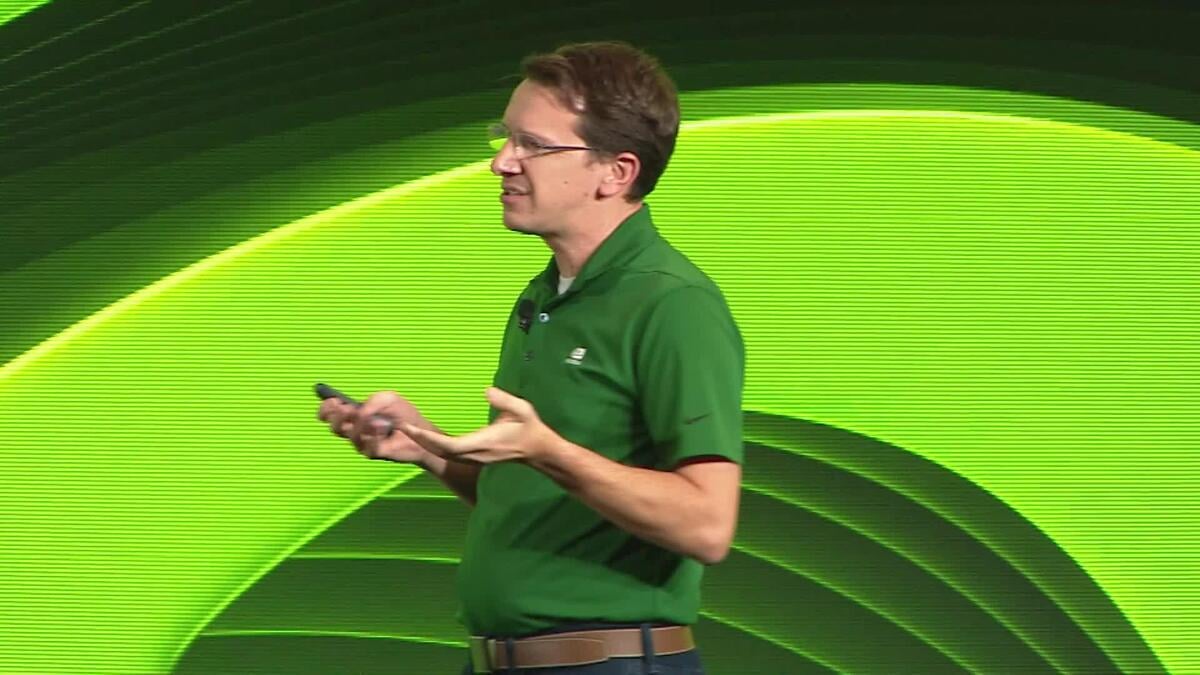
EQTY Lab’s Hardware-Backed Verification on Hedera: In partnership with Intel and NVIDIA, EQTY Lab delivers hardware-based cryptographic certificates for AI workflows on the Hedera network, enabling auditable and accountable AI processes.
-

LOKA Protocol’s Agent Identity Layer: The LOKA Protocol introduces a Universal Agent Identity Layer and a Decentralized Ethical Consensus Protocol, ensuring verifiable identity and ethical alignment for decentralized AI agents.
-

Trusted Compute Units (TCUs) Framework: TCUs provide a unified, composable framework for secure, interoperable verifiable computations across diverse technologies, empowering decentralized applications to offload complex tasks with confidence.
-

TOPLOC’s Model Integrity Checks: TOPLOC utilizes a locality-sensitive hashing scheme to verify the integrity of large language models, detecting unauthorized changes to models or prompts with high accuracy.
-
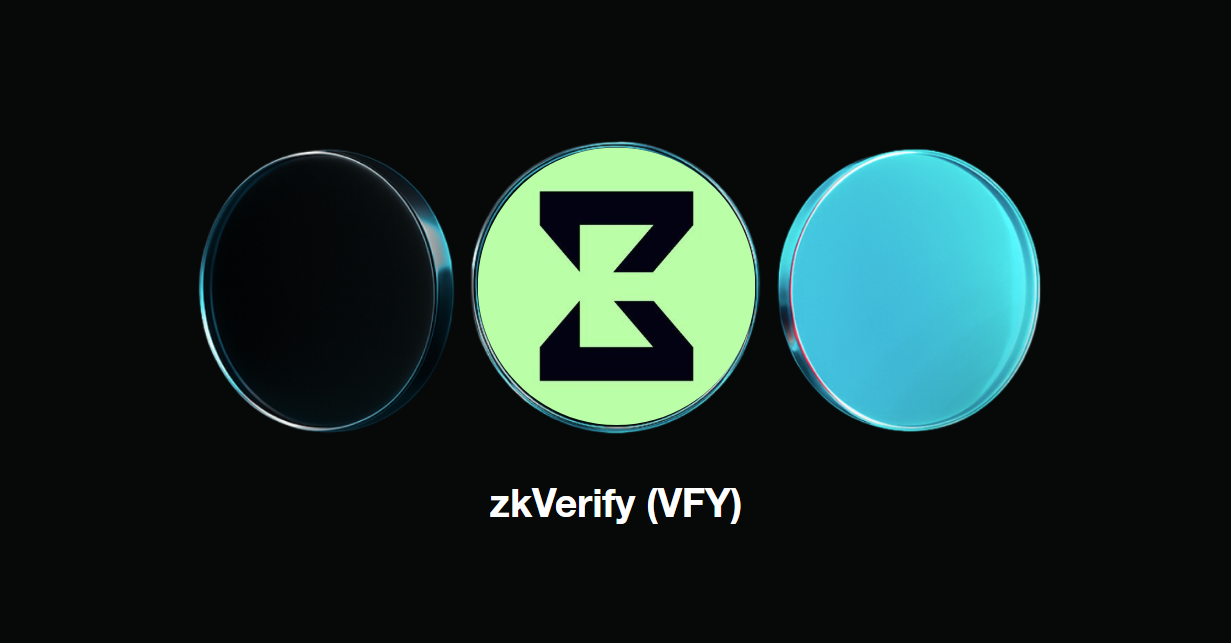
zkVerify’s Universal Proof System: zkVerify scales universal proof verification for AI, collaborating with InfraSingularity to set new standards for verifying and scaling AI workloads on decentralized networks.
-
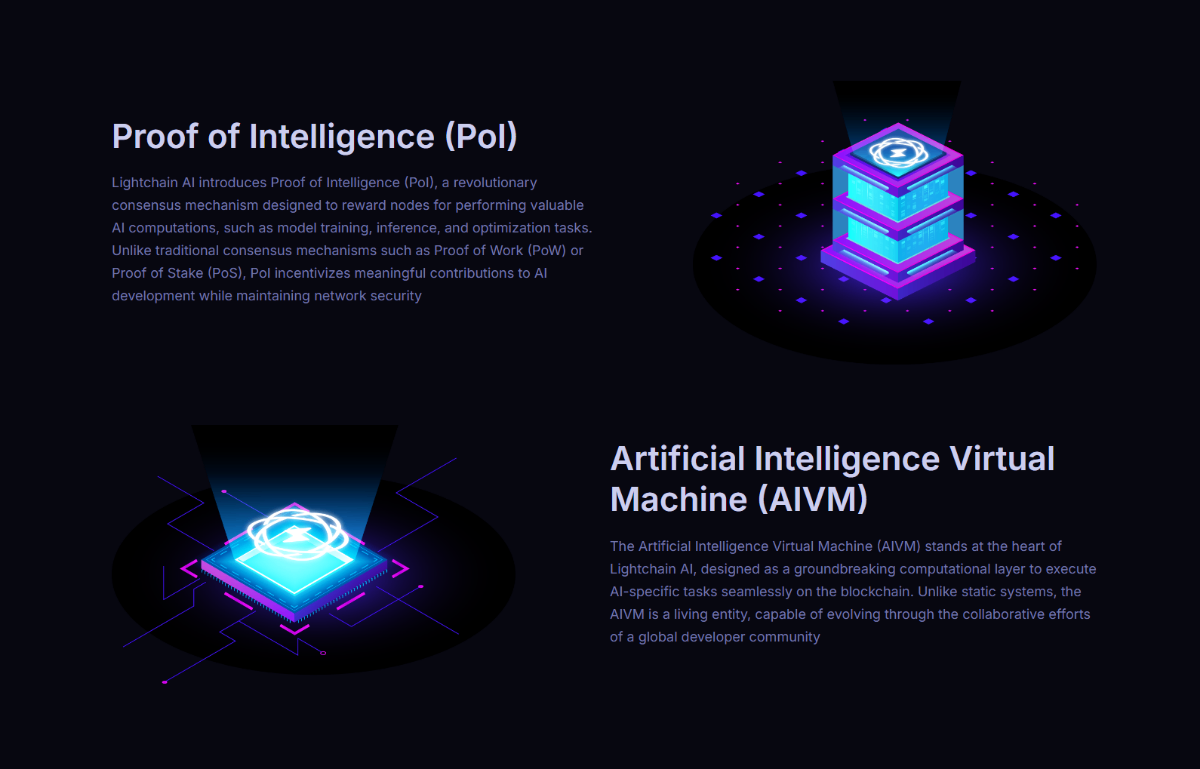
Lightchain AI’s AIVM Protocol: Lightchain AI launched its mainnet in July 2025, featuring an Artificial Intelligence Virtual Machine (AIVM) and a Proof of Intelligence consensus that rewards nodes for completing AI tasks.
-
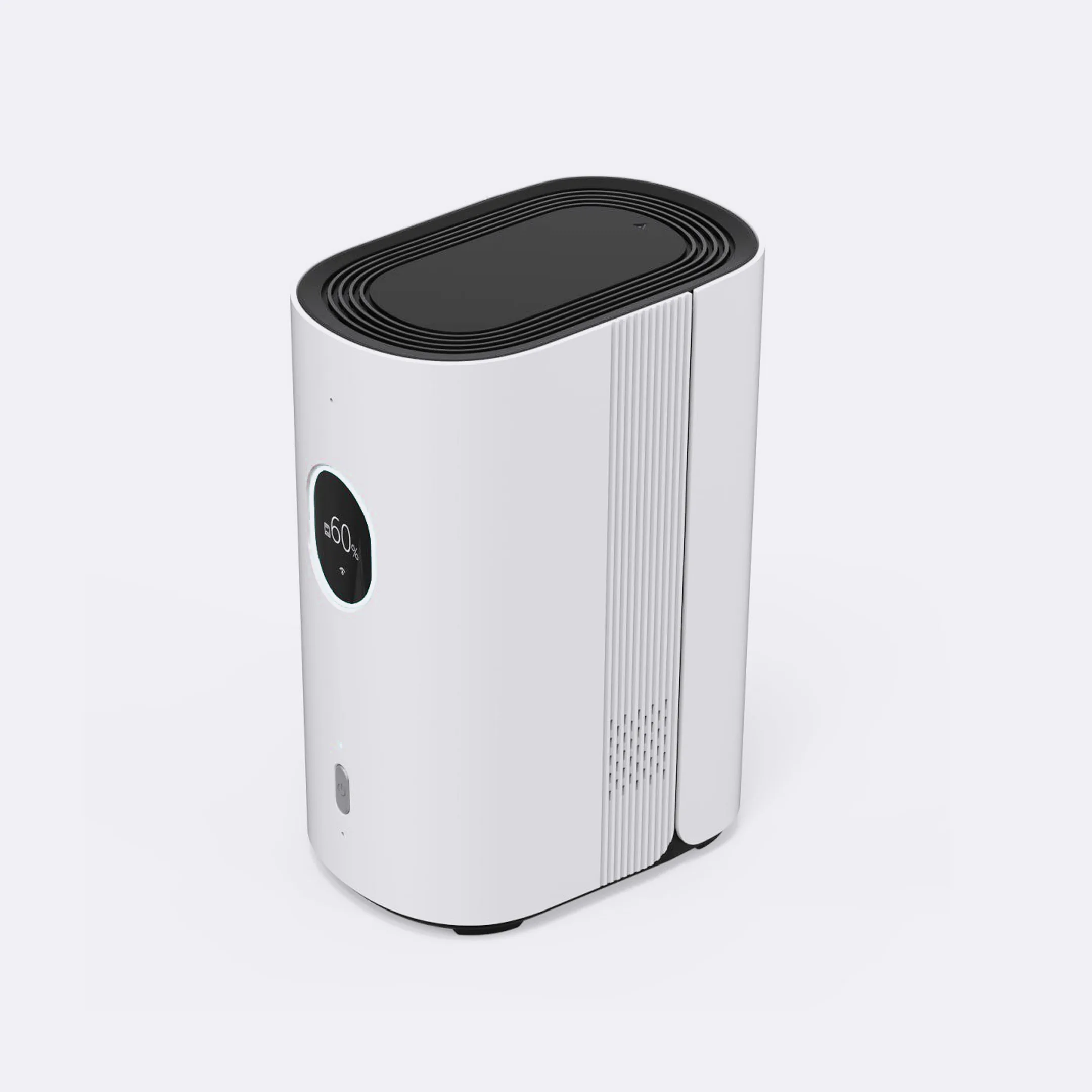
AINX NodeX Edge Devices: AINX NodeX 100 is an edge-intelligent node device designed for decentralized AI, supporting model inference and federated learning as a physical anchor for participatory AI networks.
-

Filecoin Onchain Cloud: Filecoin’s Onchain Cloud platform, launched in November 2025, delivers verifiable storage and rapid data retrieval as a decentralized alternative to traditional cloud services, strengthening Web3 infrastructure.
Unique Network’s collaboration with Reinforced AI has minted over 3 million NFTs since May 2025, each serving as an immutable record of completed machine learning tasks. This approach combines Web3 speed with tamper-proof verification at scale. Meanwhile, CIRO Network‘s fusion of zero-knowledge cryptography with economic incentives ensures that even sensitive computations can be validated without exposing private information.
Learn more about how verifiable inference is transforming decentralized AI compute networks here.
How Verifiable Compute Networks Build Trust: Core Mechanisms
The heart of VCNs lies in their technical arsenal:
- NFT-based Proofs of Compute: Projects like Reinforced AI leverage NFTs as auditable receipts for every task executed by decentralized nodes.
- Zero-Knowledge Proofs (ZKPs): Solutions such as CIRO and zkVerify use ZKPs to prove correctness without revealing inputs or model weights, a leap forward for privacy-first AI applications.
- Hardware-Backed Attestation: EQTY Lab’s partnership with Intel and NVIDIA delivers cryptographically signed certificates anchored on Hedera’s ledger, ensuring explainability from silicon to software stack.
- Decentralized Consensus and Incentives: Networks like Lightchain AI reward nodes via Proof of Intelligence consensus mechanisms for completing verifiable tasks efficiently.
- Model Integrity Layers: TOPLOC introduces advanced hashing schemes to detect unauthorized modifications in large language models or prompts, a crucial safeguard against adversarial attacks.
- Sovereign Agent Identity: LOKA Protocol’s Universal Agent Identity Layer guarantees ethical alignment and traceability across autonomous agents operating in open ecosystems.
Together these innovations form a robust foundation for trustless coordination across global networks. By embedding verifiability into every layer, from hardware attestations to on-chain receipts, decentralized AI is evolving from experimental playground to enterprise-ready infrastructure.
Yet, as the market matures, the conversation is shifting from “can we verify?” to “how do we operationalize verifiable compute at scale?” The answer lies in composability and interoperability. Trusted Compute Units (TCUs) and frameworks like LOKA’s Universal Agent Identity Layer are enabling developers to stitch together heterogeneous resources, GPUs, edge devices, and cloud nodes, while preserving cryptographic guarantees. This modularity is essential for supporting everything from federated learning on personal devices to high-throughput inference across global data centers.
2025 has also seen a surge in privacy-centric solutions. ZKP-powered networks, such as ARPA and Cysic, are leveraging recursive proofs to enable confidential yet auditable AI computation. These advances don’t just protect sensitive data, they unlock new business models where proprietary algorithms can be monetized without ever being exposed.
Enterprise Adoption: From Hype to Real-World Impact
The leap from technical proof-of-concept to production-grade deployment is always fraught with risk. But this year, signs of mainstream adoption are unmistakable. EQTY Lab’s Hedera integration has enabled major enterprises in finance and healthcare to audit every AI operation, while Filecoin’s Onchain Cloud provides a decentralized alternative for verifiable storage and rapid retrieval, critical for regulated industries.
See how on-chain applications are leveraging verifiable inference here.
The economic incentives are compelling: decentralized GPU networks like io. net have slashed compute costs for AI startups by up to 40%, while offering public service-level agreements (SLAs) that are enforced transparently on-chain. For enterprises accustomed to opaque pricing and vendor lock-in, this newfound transparency is a game-changer.
What’s Next? Challenges and Strategic Opportunities
No technology is a panacea, and VCNs face their own hurdles. Standardizing proof formats across networks remains an open challenge; so does ensuring latency-sensitive applications don’t sacrifice speed for security. But the direction of travel is clear: as more projects adopt public SLAs, composable verification layers, and interoperable agent identity protocols, the trust gap narrows further.
The next frontier will be integrating these systems into real-time edge inference, think autonomous vehicles or IoT-enabled supply chains, where verifiability must coexist with ultra-low latency. Projects like AINX NodeX and Lightchain’s AIVM protocol are early movers here, anchoring trusted execution environments at the physical edge of the network.
Strategic Opportunities in Verifiable Compute Networks (2025)
-

Enterprise-Grade SLAs for Decentralized AI Compute: Leading networks like Reinforced AI (powered by Unique Network) and EQTY Lab with Hedera are pioneering verifiable, on-chain service-level agreements (SLAs) for AI workloads. These SLAs provide auditable guarantees on uptime, data integrity, and compute accuracy—critical for enterprise adoption.
-

Cross-Chain Interoperability Standards: Solutions such as the Trusted Compute Units (TCUs) Framework and zkVerify are enabling seamless, secure computation across multiple blockchains. This interoperability supports composable AI services and data flows, accelerating innovation in decentralized AI ecosystems.
-
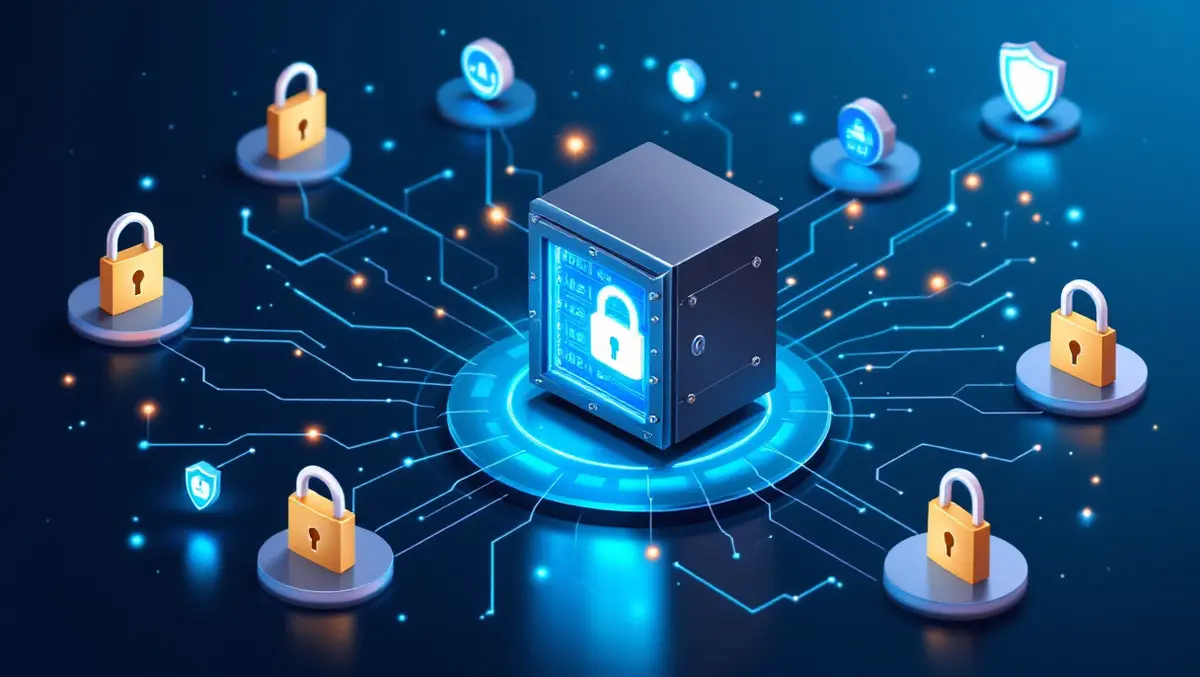
Privacy-Preserving Compute Marketplaces: Platforms like CIRO Network and ARPA Network leverage zero-knowledge proofs and secure multi-party computation to enable confidential AI processing. These marketplaces allow organizations to monetize data and models while protecting sensitive information.
-

Edge AI Verifiability Solutions: Hardware and protocol innovations such as AINX NodeX 100 and Lightchain AI’s AIVM are bringing verifiable AI compute to the edge. This supports trusted federated learning and inference on distributed devices, expanding the reach and reliability of decentralized AI.
-

Tokenized Incentives for Ethical AI Agents: Protocols like LOKA introduce Universal Agent Identity and Decentralized Ethical Consensus mechanisms, while Lightchain AI rewards nodes via Proof of Intelligence. These tokenized systems incentivize ethical behavior and verifiable contributions from AI agents and human participants alike.
Explore how decentralized compute powers real-time edge inference in Web3 here.
If 2024 was about proving that verifiable compute works in principle, 2025 is about scaling it with rigor, and trust, at every layer of decentralized AI infrastructure. The winners will be those who blend cryptographic assurance with practical usability and performance.


